
Affordable vs. Luxury Interior Design: Making Smart Choices
When considering interior design, many people wonder whether to choose affordable or luxury options. Did you know that you can achieve stunning results without breaking the bank? This article will compare cost-effective interior design options with luxury services, highlighting key factors like price, textiles, and furniture choices, such as chairs. Readers will learn the benefits of both approaches, helping them make informed decisions for their home improvement projects. If managing costs while creating a beautiful space is a concern, this guide will provide practical solutions for every budget.
Key Takeaways
Affordable interior design emphasizes creativity and resourcefulness within budget constraints
Luxury design focuses on high-quality materials and personalized details for lasting beauty
DIY projects allow homeowners to express creativity while keeping costs manageable
Blending affordable and luxury elements can create unique, stylish spaces that reflect personal tastes
Understanding individual needs helps guide decisions between affordable and luxury design choices
Understanding the Basics of Affordable and Luxury Interior Design
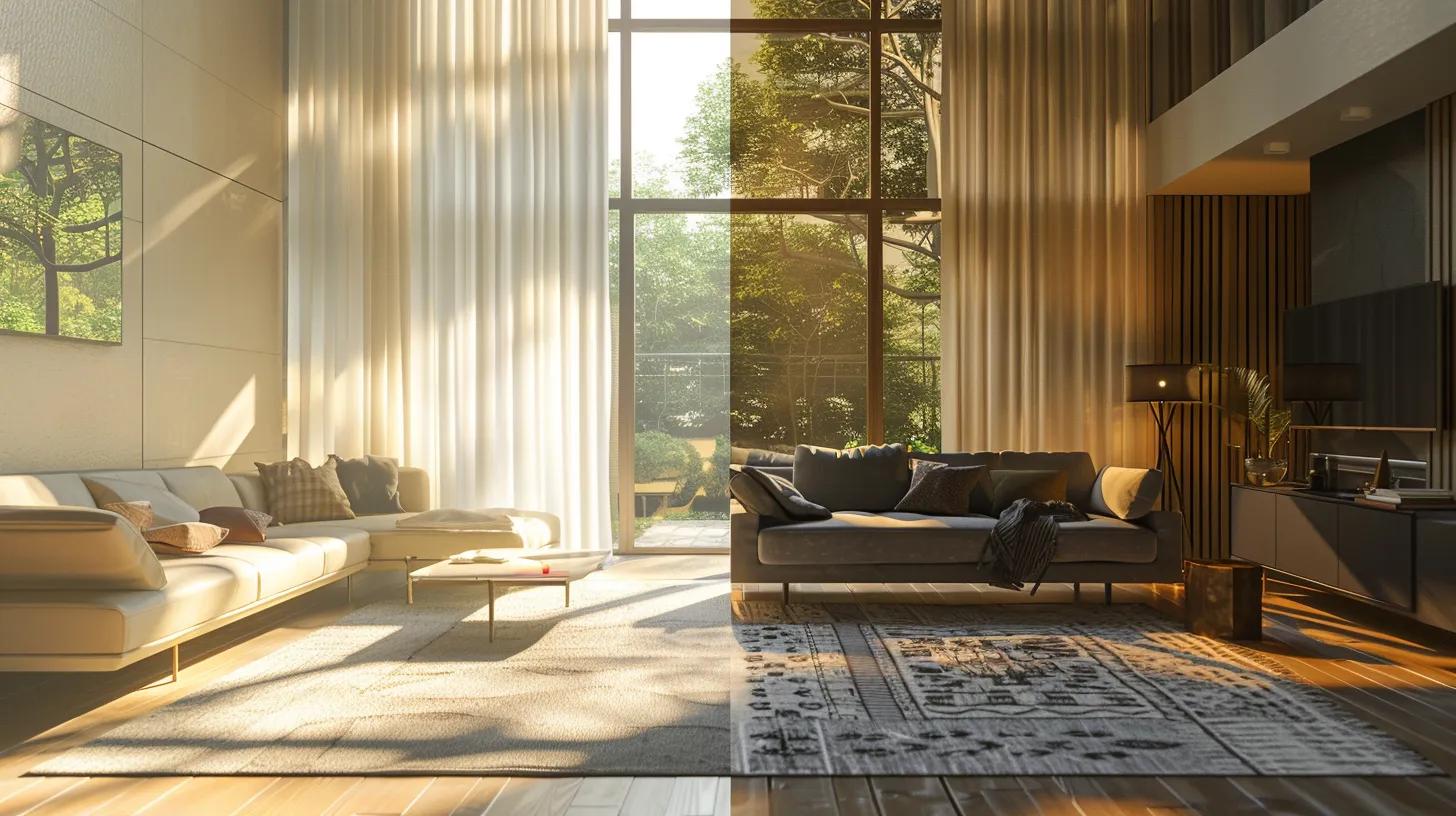
Affordable interior design focuses on budget-friendly options and practical choices, often using online interior design resources to guide selections. Key features include versatile furniture and accessible materials. In contrast, luxury interior design emphasizes high-end materials and unique concepts, showcasing a personalized touch. Understanding the budget's role helps make informed decisions that suit individual needs and preferences.
Defining Affordable Interior Design and Its Key Features
Affordable interior design prioritizes creativity and resourcefulness to create stylish spaces without overspending. A well-designed bedroom might incorporate budget-friendly antique furniture or clever lighting solutions that enhance the room's ambiance. By paying attention to architectural elements, such as a decorative fireplace, homeowners can achieve a polished look while keeping costs manageable.
Identifying Traits of Luxury Interior Design
Luxury interior design emphasizes high-quality materials, personalized detail, and sophisticated aesthetics. Features such as custom pottery pieces, carefully selected candles, and elegant finishes contribute to a unique ambiance in each room, particularly in spaces like the bathroom, where relaxation is a priority. By integrating these elements, homeowners can create a luxurious environment that reflects their personal style and enhances their living experience:
Recognizing the Role of Budget in Interior Design Choices
Understanding the budget's role is essential for anyone considering both affordable and luxury interior design. For instance, someone looking to refresh their living room can choose affordable interior options like stylish pillows or budget-friendly furniture that still look great without breaking the bank. The Wall Street Journal suggests that making informed choices about materials and decor can help homeowners balance their financial goals while creating beautiful spaces.
Evaluating Cost-Effective Interior Design Options
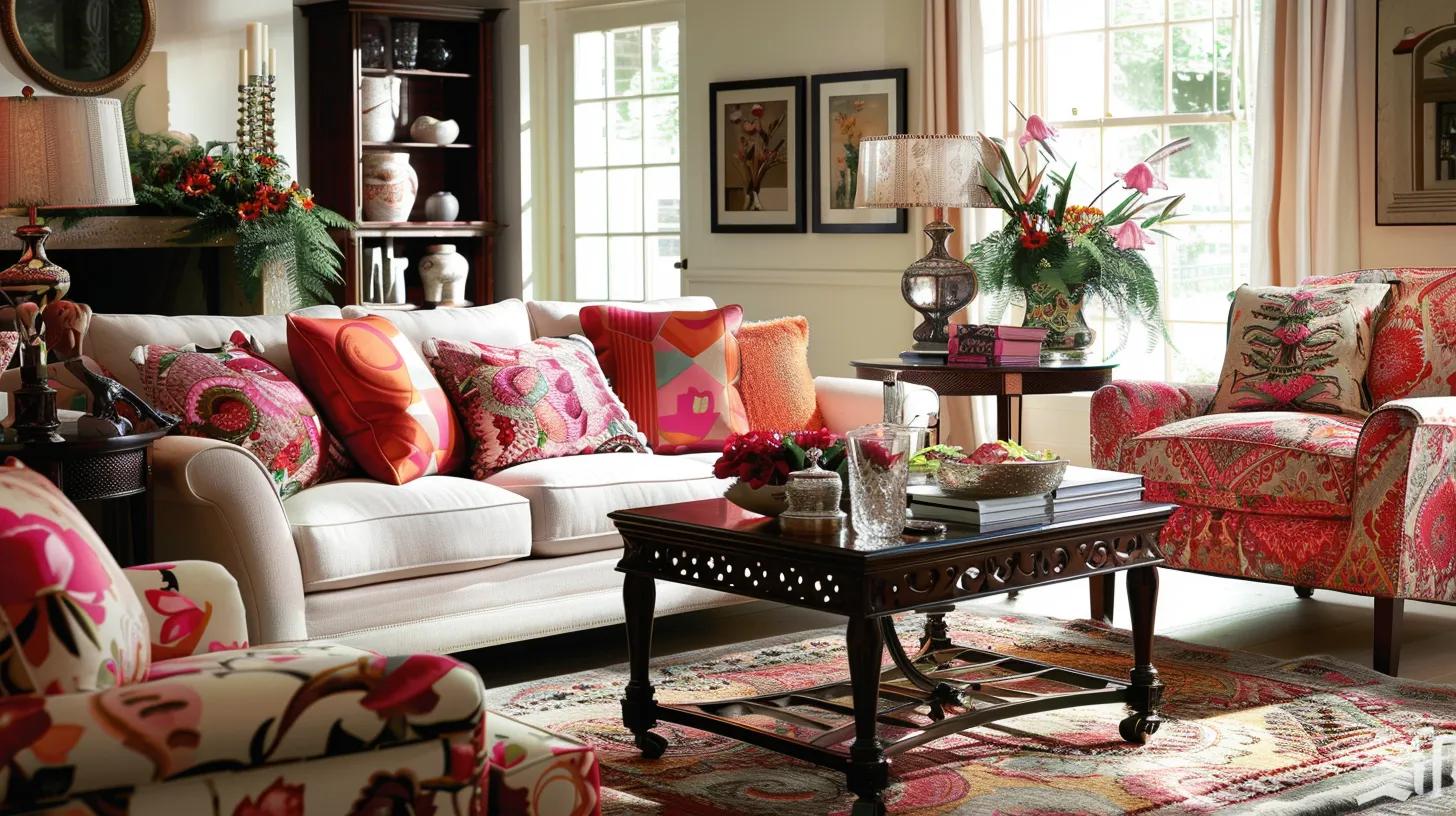
Budgeting for affordable design ideas is key for homeowners looking to enhance their spaces without overspending. This section will cover sourcing materials that offer value, including upholstery options and carpets that maintain style. Incorporating DIY techniques ensures cost-effective renovations, while selecting furniture and decor balances functionality and affordability for any room, including the basement.
Budgeting for Affordable Interior Design Strategies
Budgeting for affordable interior design strategies involves making thoughtful choices without sacrificing style. Homeowners can look for quality materials like reclaimed wood or trendy furniture from places like flea markets to save money while enhancing their space. Utilizing online design services such as Havenly can provide guidance on creating a cohesive look that suits individual taste:
Explore local flea markets for unique finds.
Select wood materials that are both durable and budget-friendly.
Consider design services like Havenly for accessible help.
Embrace a mix of new and vintage items to express personal taste.
Sourcing Materials That Offer Value Without Compromising Style
Sourcing materials for affordable interior design can greatly enhance a home's style without straining the budget. Homeowners should consider options like unique light fixtures that serve as statement pieces and budget-friendly decorative arts that add personality to a space. By carefully planning the floor plan and selecting compatible materials, such as more affordable ceiling treatments, individuals can achieve a chic look that reflects their taste while keeping costs reasonable.
Incorporating DIY Techniques to Keep Costs Low
Incorporating DIY techniques can significantly reduce costs in interior design projects, allowing homeowners to express their creativity without overspending. Simple tasks, such as repainting a dining room or assembling a custom desk, can transform a space while staying within budget. By choosing quality brand materials for DIY projects, individuals can achieve a polished look that brings them pleasure every time they enter the room:
Repaint furniture for a fresh look.
Build a custom desk using reclaimed materials.
Personalize decor items with simple craft projects.
Use removable wallpaper to refresh walls easily.
Selecting Furniture and Decor That Balance Functionality and Affordability
Selecting furniture and decor that balance functionality and affordability is crucial for achieving a stylish and practical living space. A well-considered interior design consultation can help homeowners identify pieces that serve multiple purposes, like ottomans with storage or versatile cushions that add both comfort and style to a room. Using a mood board, as seen on HGTV, can assist in visualizing how these elements work together, ensuring that each choice reflects personal taste while remaining budget-friendly:
Choose multi-functional furniture like futons or storage ottomans.
Incorporate decorative cushions to enhance comfort and aesthetics.
Utilize online resources for inspiration and guidance.
Create a mood board to visualize the desired look and feel.
Comparing the Benefits of Affordable and Luxury Design
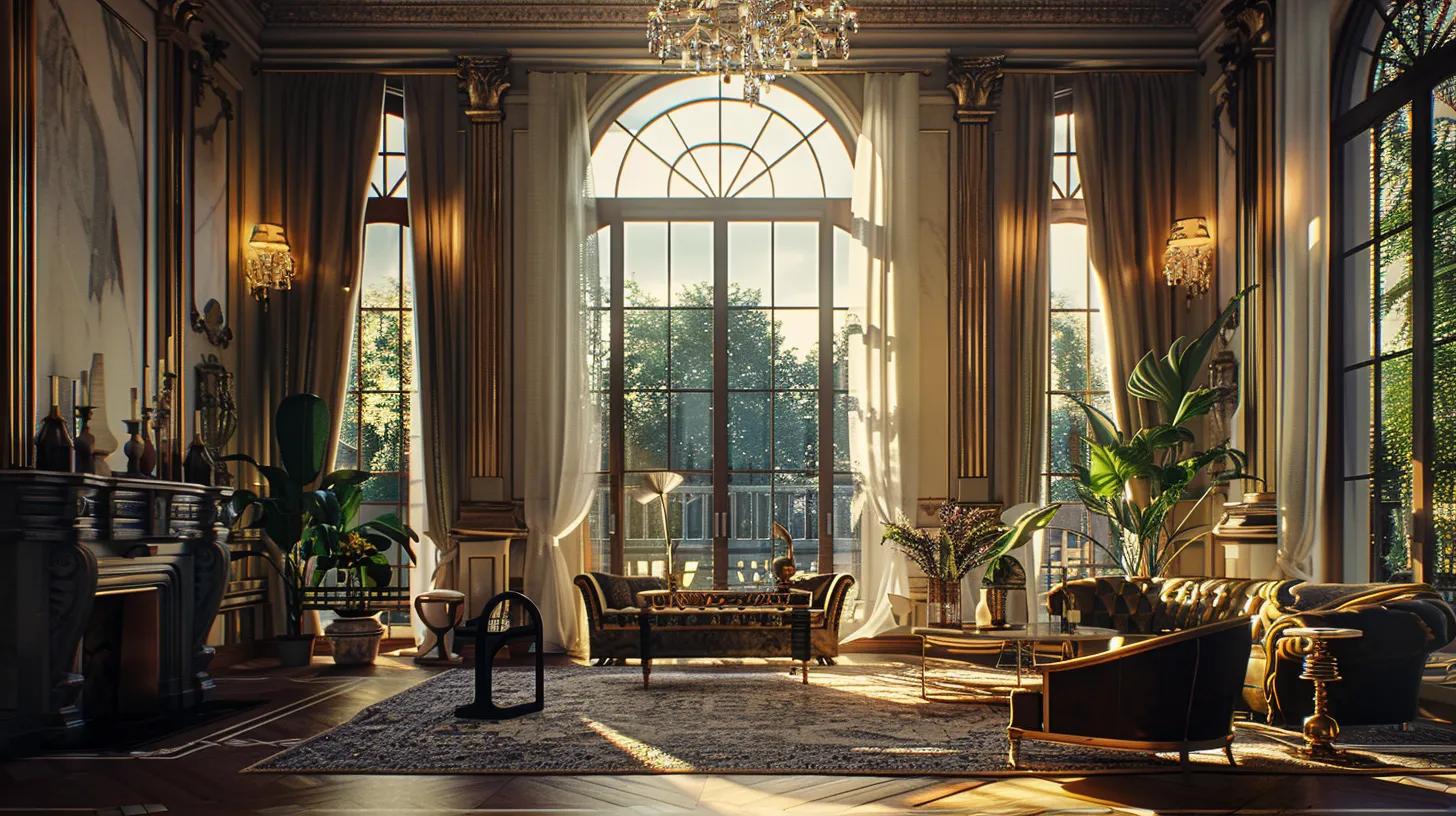
Understanding the difference between affordable and luxury interior design is essential for making informed choices. Evaluating the long-term value of luxury investments reveals how quality materials can enhance a home’s appeal. Meanwhile, assessing the impact of affordable designs on everyday living shows their practicality. Personal style preferences should also align with budget constraints to create meaningful spaces that truly reflect individual tastes.
Understanding the Long-Term Value of Luxury Investments
Investing in luxury interior design can provide significant long-term value, as high-quality materials and craftsmanship often lead to greater durability and less frequent replacements. For example, a marble countertop not only enhances the aesthetic of a kitchen but also stands the test of time, saving homeowners from the costs of repairs or replacements down the line. By prioritizing thoughtful investments in well-made pieces, homeowners can create enduring spaces that reflect their style while increasing the overall appeal and value of their property.
Evaluating the Impact of Affordable Designs on Everyday Living
Affordable interior design can greatly enhance everyday living by providing functional and stylish solutions that fit within budget constraints. For example, selecting versatile furniture, such as a sofa bed, allows homeowners to maximize space in smaller rooms while maintaining comfort. These thoughtful choices not only improve the look of a home but also contribute to a more organized and enjoyable living environment that meets the needs of everyday life.
Assessing Personal Style Preferences in Relation to Budget Constraints
When assessing personal style preferences in relation to budget constraints, individuals should focus on aligning their vision with realistic spending. Exploring affordable options that reflect personal tastes, such as trendy thrift store finds or DIY projects, can create a unique design without overspending. By identifying key pieces that bring joy, homeowners can strike a balance between luxury and affordability while maintaining a space that feels authentically theirs:
Choosing the Right Interior Design Approach for Your Needs
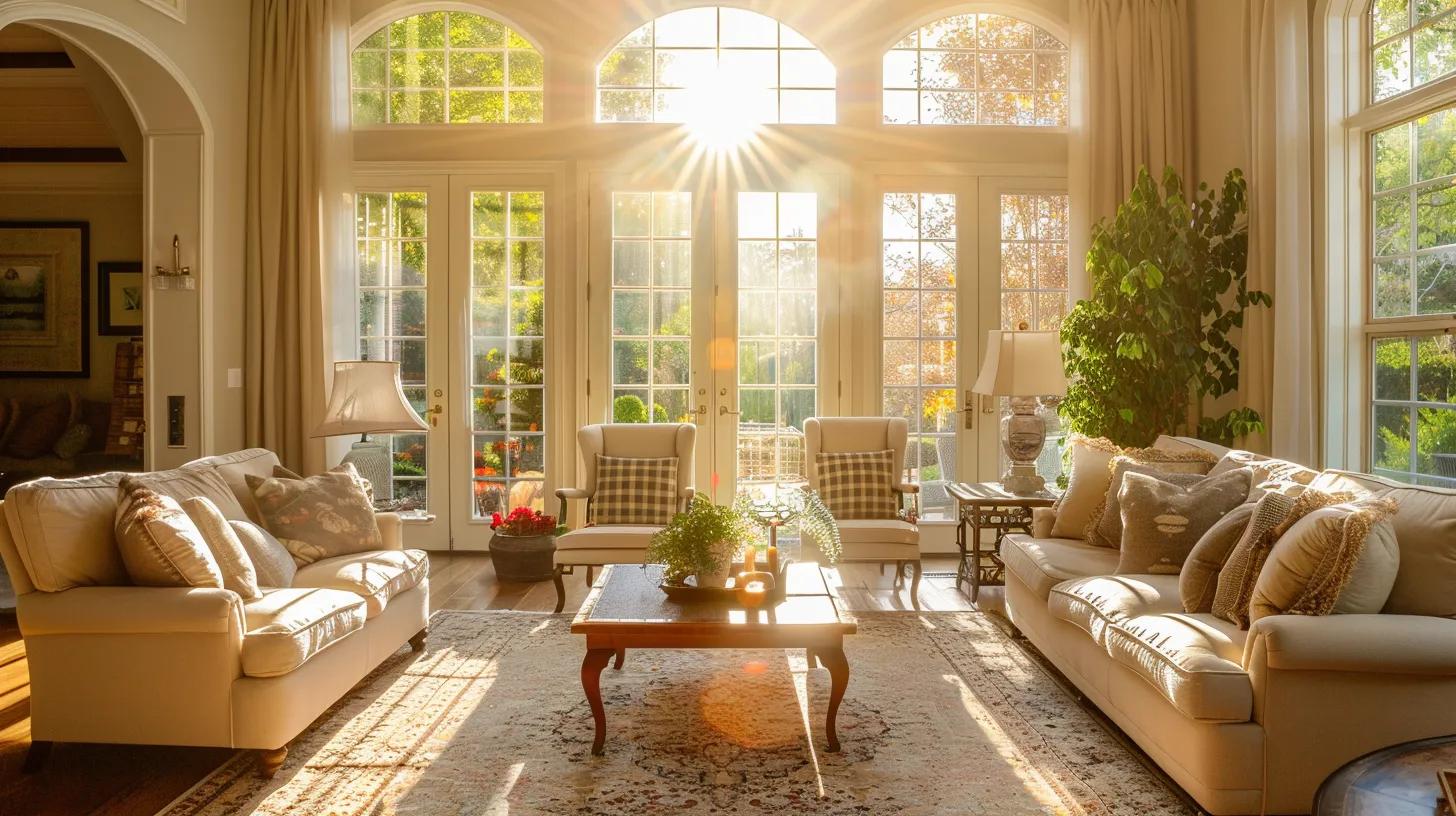
Analyzing lifestyle and space requirements helps individuals decide between affordable and luxury interior design options. Key design elements should be prioritized for the best impact, ensuring each choice adds value to the space. Additionally, determining when to hire professionals or take on DIY projects can significantly affect results. These considerations guide homeowners toward smart, fitting choices in their design journey.
Analyzing Lifestyle and Space Requirements for Each Budget
When selecting between affordable and luxury interior design, it’s essential to analyze lifestyle and space requirements carefully. Individuals should reflect on how they utilize each space and what specific needs must be met. For instance, a family may prioritize comfortable and functional furnishings for daily use, while a couple may focus on high-end finishes that enhance aesthetics in a less frequently used guest room. Understanding these needs can lead to thoughtful design decisions:
Prioritizing Key Design Elements for Impactful Results
In interior design, prioritizing key elements ensures that both affordable and luxury styles achieve impactful results. Homeowners need to focus on functionality and aesthetic appeal, balancing these aspects based on their budget and lifestyle. By understanding how elements like furniture layout, color schemes, and lighting influence a space, individuals can make informed choices that enhance their home:
Identify essential furniture that meets both style and practical needs.
Choose a cohesive color palette that reflects personal taste.
Incorporate appropriate lighting to enhance ambiance and functionality.
Determining When to Hire Professionals Versus DIY Projects
Deciding whether to hire a professional or take on a DIY project depends on various factors like budget, time, and expertise. For those wanting to save money while enjoying a hands-on experience, DIY projects can bring personal touches to a home. However, if someone lacks the necessary skills or wants a polished look, investing in a professional designer can provide valuable insights and a cohesive vision that elevates the overall space.
Addressing Common Misconceptions About Interior Design Costs
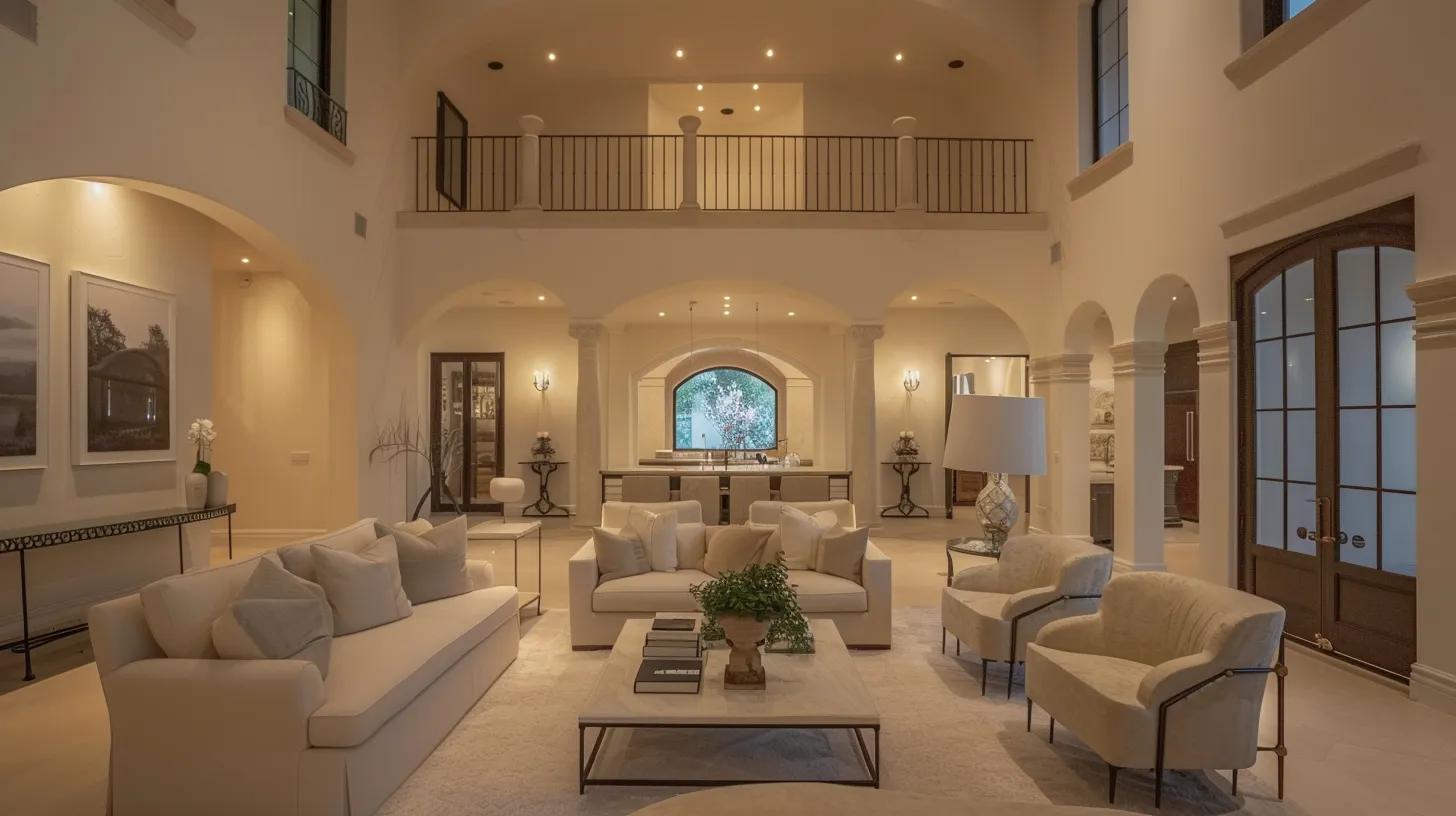
Many people believe that high costs are essential for great interior design. This section will break down those myths, showing that good design is achievable within budget constraints. It will also offer practical tips for successfully transitioning from affordable to luxury designs, ensuring homeowners make smart choices that reflect their style and needs.
Disproving Myths About the Necessity of High Costs for Good Design
A common myth in interior design is that high costs are necessary for achieving good results. In reality, many stylish and functional spaces are created with budget-friendly materials and clever design choices. For instance, using a mix of thrift store finds and DIY projects can create stunning interiors that reflect personal taste without breaking the bank.
Simplifying the Process of Working Within Budget Constraints
Simplifying the process of working within budget constraints involves prioritizing needs and making informed choices. Homeowners should start by identifying key elements to enhance their living spaces while keeping costs manageable. For instance, selecting a few quality furniture pieces and using decor accents can create an appealing look without overspending:
Assess the main functions of each room.
Invest in a few high-quality items instead of multiple inexpensive ones.
Utilize DIY methods for personal touches at a lower cost.
Research budget-friendly options through online resources and local shops.
Tips for Transitioning From Affordable to Luxury Designs Successfully
Transitioning from affordable to luxury designs can be a smooth process when approached thoughtfully. Homeowners can start by gradually investing in high-quality pieces that elevate their space, such as a statement sofa or a designer light fixture. This approach allows for a blend of budget-friendly decor with higher-end elements, creating a cohesive look that reflects personal style while managing costs effectively.
Conclusion
Understanding the differences between affordable and luxury interior design empowers homeowners to make informed choices that suit their needs and budgets. By recognizing the value of creativity in affordable options, individuals can enhance their spaces without overspending. Luxury designs offer unique materials and personalized details that elevate a home, making it essential to prioritize long-term investments. Ultimately, wise selections in both categories create environments that reflect personal style while maintaining financial balance.


